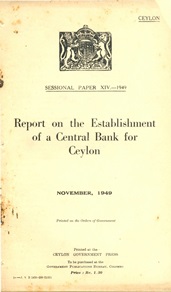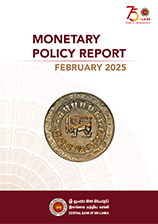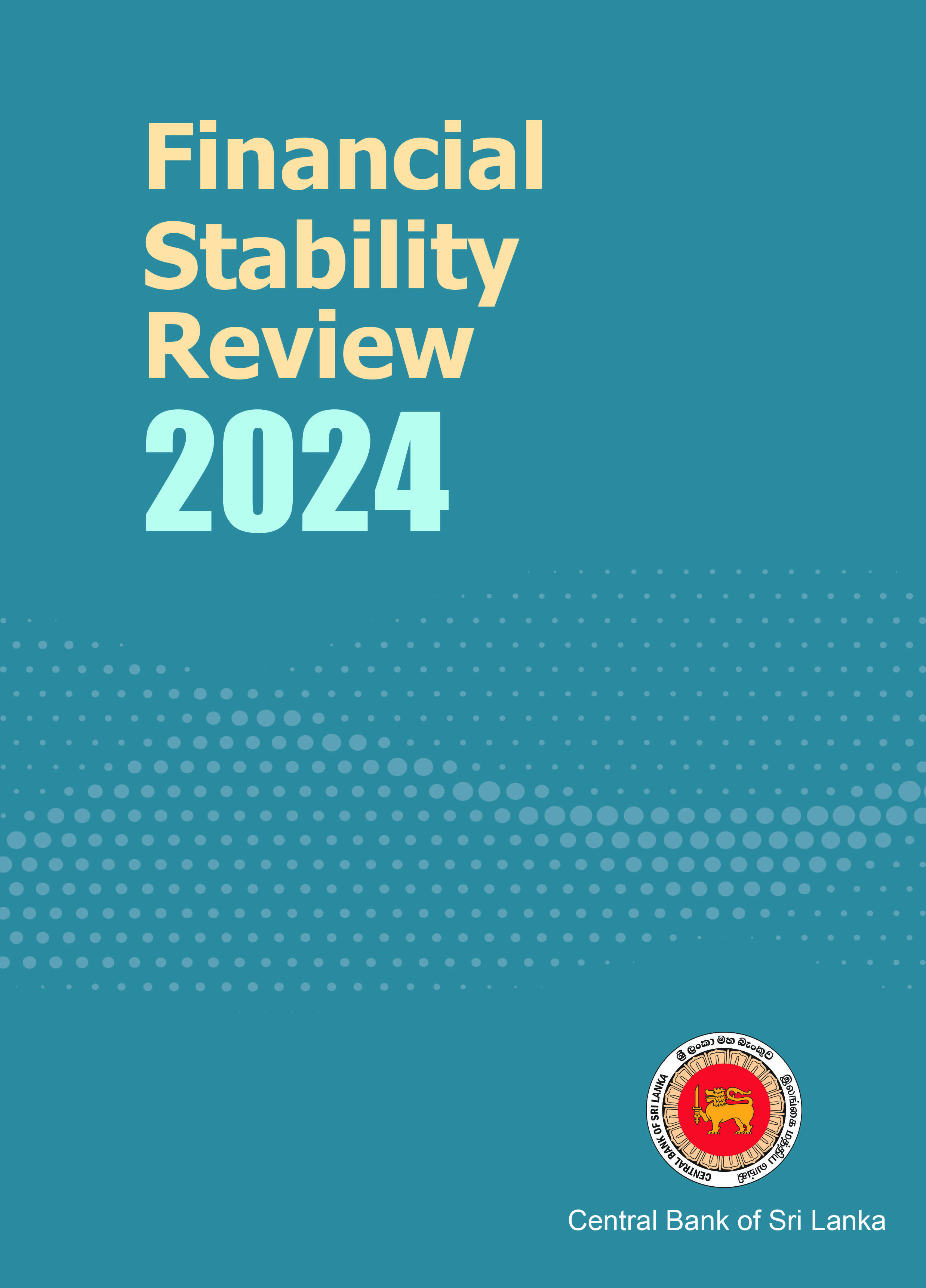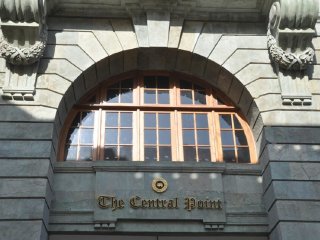Import expenditure declined, year-on-year, for the second consecutive month, while earnings from exports increased in April 2022. This reduction in imports has gathered pace in May 2022, as per the provisional data from Customs. As a result, the trade deficit recorded a notable year-on-year contraction. Meanwhile, tourist arrivals and workers’ remittances showed a moderate performance in April 2022, compared to the previous month. However, workers’ remittances rebounded in May 2022 supporting the stability of the external current account. Foreign investment in the government securities market and Colombo Stock Exchange (CSE) recorded marginal net inflows during April 2022. Considering continued pressures in the domestic foreign exchange market, the Central Bank introduced measures in May 2022, including the restrictions on open accounts and consignment payments terms that have helped curtail activity in the informal market and narrow the gap between the official and grey market exchange rates. Further, the Central Bank commenced providing daily guidance on the degree of volatility (with an allowable two-sided variation margin) to all licensed commercial banks from 13 May 2022 based on exchange rate determined in the interbank market on the preceding day. The implementation of these measures has brought in a greater stability in the exchange rate determination thus far.










